A woman taking a drink of water while walking in nature.
Image Credit: blyjak/iStock/Getty Images
The Centers for Disease Control and Prevention recommend that healthy adults get at least 30 minutes of physical activity on a daily basis. Unfortunately, when you have trouble getting those 30 minutes every day, the recommendation often feels more like an insurmountable task. The CDC recommends walking as an excellent form of exercise, but if you tire quickly when just walking, it's time to explore some of the reasons why your body is fatiguing so soon and how to increase your aerobic endurance for daily fitness.
Walking is one of the best, least injury-prone moves you can make toward better health. Your daily stroll is an effective aerobic activity because it raises your heart rate while having a low impact on your bones and joints. Regular aerobic exercise lowers your risks for cardiovascular disease, type 2 diabetes, obesity, balance problems and a host of other chronic conditions that diminish quality of life and can even affect your longevity.
When you walk, you work the large muscle groups of the legs and feet -- you develop healthier, stronger quads, hamstrings, glutes, calves, feet and ankles, improve flexibility and boost circulation. A consistently sedentary lifestyle could leave you tired and fatigued after only a few minutes of walking.
Video of the Day
A variety of causes can contribute to your lack of aerobic endurance and all stem from the condition and efficiency of your heart. Being overweight places strain on the heart as it labors to pump blood through your body, reducing your endurance. Smokers usually have reduced endurance because they have reduced lung capacity and replace the oxygen in their blood with carbon monoxide, which is then pumped through the body. Even people who look physically fit can have low endurance if they don't exercise regularly, because their hearts aren't strengthened through workout and must labor to pump blood during the occasional aerobic workout, such as a brisk, long walk.
If you feel tired after only a few minutes of walking, consider your lifestyle and how if affects your overall endurance. It helps to take a short break and rehydrate your body when you feel fatigued, since both dehydration and fatigue make it difficult to exercise. In the future, structure your walking so you're able to build up to longer distances by walking short distances on a daily basis, slowly increasing the amount of time you walk as your heart strengthens and your cardiovascular endurance improves. Start with several short walks each day to reach your 30 minutes, even if you can't manage it all at once.
That fatigued feeling you experience while walking is preventable by making the proper choices. If you're a smoker, stop. Smoking reduces the amount of oxygen in your blood and even reduces the effect exercise has on your body. If you're overweight, schedule an appointment and talk to your doctor about beginning a weight-loss regimen, complete with daily exercise and a healthy diet.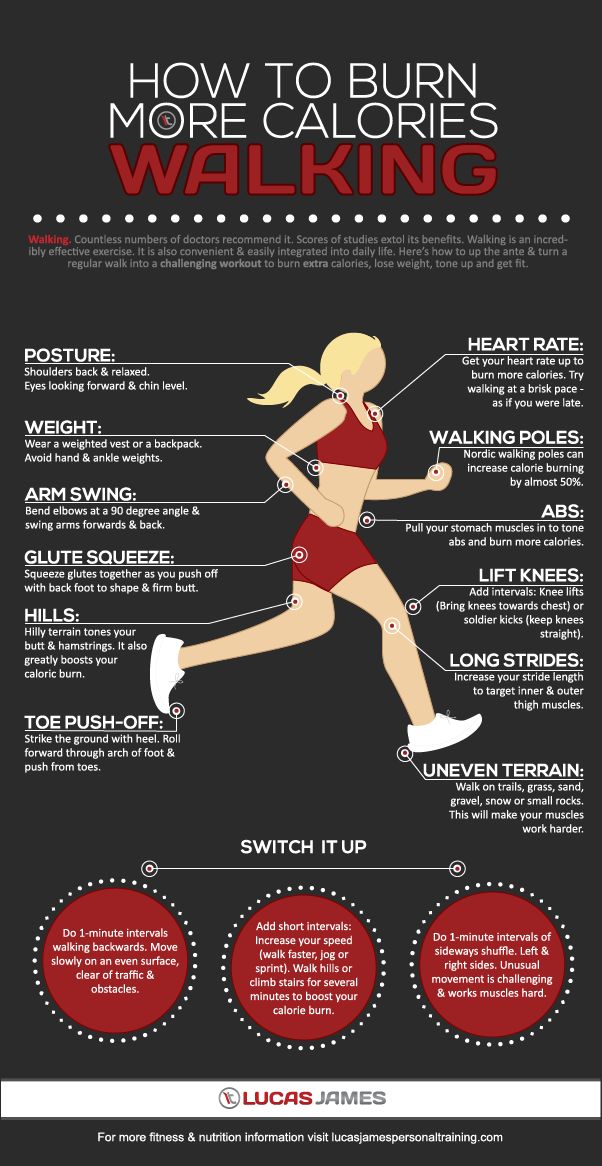 As you rectify your poor lifestyle choices, your heart will thank you with increased endurance so you're able to walk daily and fulfill your physical fitness requirements. And check in with your physician, if you experience severe exhaustion while walking, to eliminate any medical conditions that could be draining your energy.
As you rectify your poor lifestyle choices, your heart will thank you with increased endurance so you're able to walk daily and fulfill your physical fitness requirements. And check in with your physician, if you experience severe exhaustion while walking, to eliminate any medical conditions that could be draining your energy.
Share
586 shares
Endurance and stamina are incredibly important for runners.
The ability to run for longer without getting so tired is an important skill to master.
It pays off to be patient and consistent when it comes to training for longer distances.
Whether you’re building up to a 5k, 10k, half marathon or marathon, the key is to gradually build up the time and distance in which you can comfortably run without getting tired or out of breath.
Likewise, if you’re new to running, then you may be thinking how you can run for longer without getting so tired.
It may seem an unachievable goal right now, but with the right mindset, training and practice, you will get there.
Whatever stage you’re at, this guide will offer actionable tips to help you run for longer without getting so tired.
In this guide, we’ll explore:
Ready?
Let’s go!
You may be asking yourself: “Why do I get tired so easily on runs?”
It’s common to experience short periods of tiredness and fatigue when running and in between runs, especially after a long or demanding run.
You may struggle to breath when running, or you may have that heavy legs feeling on a run.
Here are some common causes of tiredness and fatigue:
#1 Lack of sleep
A healthy sleep routine will go a long way to help you feel more refreshed not only on a run, but in your daily life.
According to a 2017 study, chronic sleep deprivation has been shown to increase the risk of a host of physical and mental illnesses.
The study added that sleep deprivation costs the healthcare system billions of dollars annually.
Aim to get between 6 to 8 hours of sleep per night and practice good sleep hygiene.
#2 Lack of adequate recovery time in between runs
Overtraining is a common problem in the running community.
Overtraining boils down to ineffective recovery in between runs on a repeated basis.
So if you’re currently going through an unexplained dip in performance, or you regularly feel tired and fatigued on your runs, you may be experiencing Overtraining Syndrome (OS).
The important thing is to recognise the signs and symptoms of Overtraining Syndrome before it gets any worse.
#3 Insufficient fuel intake
Food and nutrition play an integral role in all forms of exercise, not just running.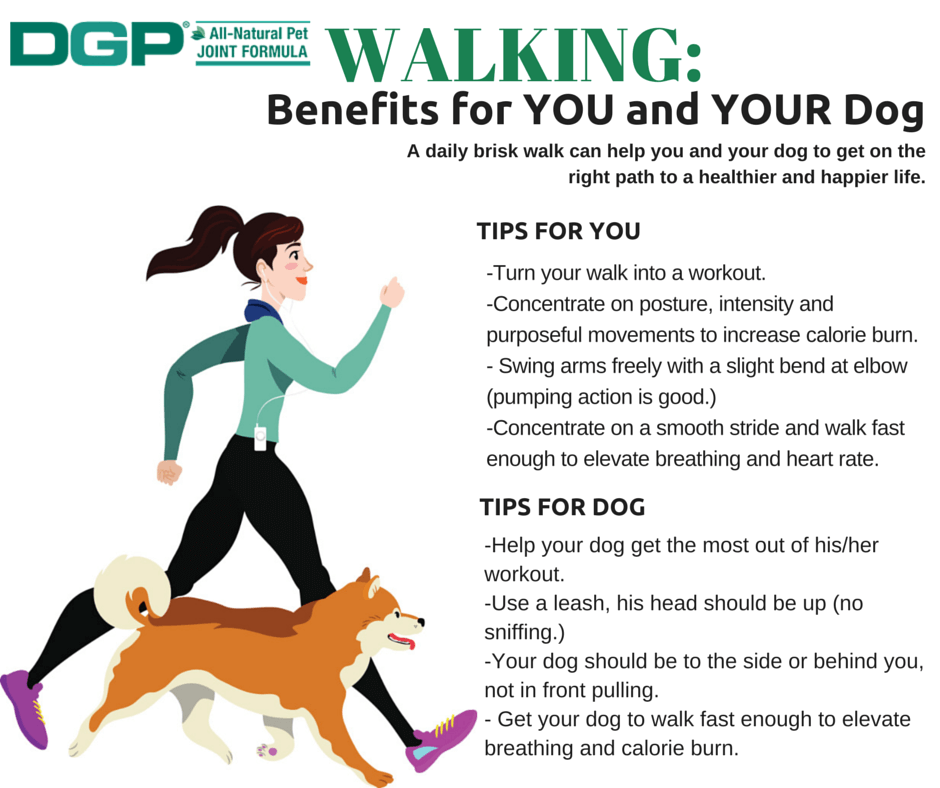
You can think of your body as an engine – simply put if you don’t give it the right type of fuel and the right amounts of fuel, it won’t be able to perform at a high level.
Aim to get the right amounts of carbohydrates, protein, healthy fats and vitamins and minerals in your diet.
#4 Poor nutrition
If you’re used to eating processed foods and consuming sugary drinks and you regularly feel fatigued on your runs, then it’s a sign you need to review your eating habits.
Poor nutrition is a common cause of tiredness and fatigue.
Aim to eat a healthy, balanced diet that supports the needs of your body.
#5 Stress and anxiety
Whilst exercise like running has been shown to improve your mood and ease symptoms of stress and anxiety, poor mental health can have a negative affect on athletic performance.
People with anxiety tend to be more sedentary and do less intense forms of physical exercise, if any.
#6 Hormone imbalance
According to a study on the role hormones in exercise physiology, excessive or inadequate levels of several hormones place constraints on exercise performance.
Various studies have shown the importance of hormones and the endocrine system when it comes to exercise capability.
If you have dysfunctions in your thyroid, adrenal and pituitary glands, for example, this may induce specific disorders of the neuromuscular system which could lead to tiredness and fatigue.
If in doubt, speak to your healthcare professional.
#7 Iron deficiency
If you regularly experience periods of tiredness and fatigue, then seek help from a healthcare professional as it could be down to an underlying cause such as an iron deficiency.
Many tests can be performed nowadays to identify underlying causes of tiredness and fatigue, with blood tests being one of them.
Related: 6 tips for successfully running with a chronic illness
#1 Build your endurance and stamina
In order to run for longer without getting so tired, you need to build up your running endurance and stamina.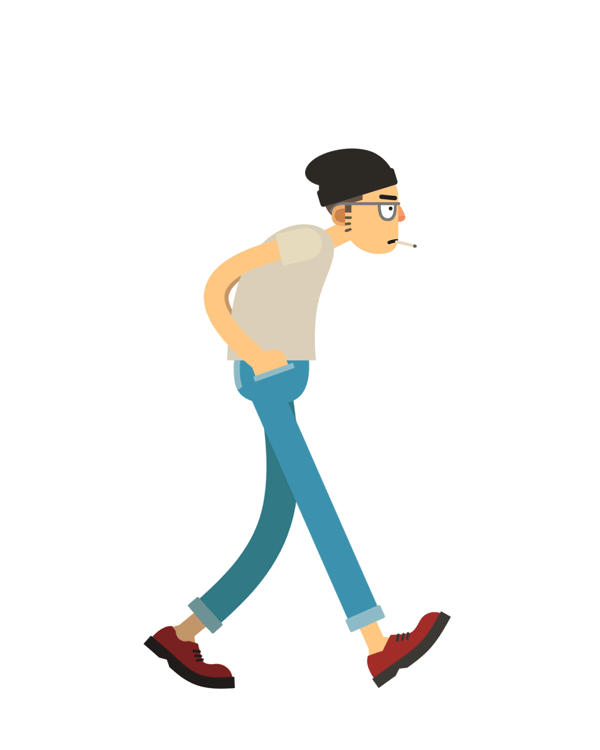
The golden rule to increase running stamina and endurance is consistency.
This means making running a regular habit and training consistently and progressing at regular intervals.
By training consistently, you increase your aerobic capacity (also known as your VO2 max or running economy) and strengthen your muscles.
In terms of progression, your mileage should increase by 5-10% each week to avoid training overload.
If you do all of these things, you can expect to see a improvement within 2 to 3 months.
Related: How to increase running stamina and endurance
#2 Increase your speed
Running speed is something that many runners look to improve once they have achieved a good base level of fitness.
Speed training like interval training and tempo running are a great way to build your speed, endurance and stamina.
According to a 2020 study on training and physical performance in recreational runners, training sessions that include continuous exercise performed at both low and high intensity levels are beneficial for running performance.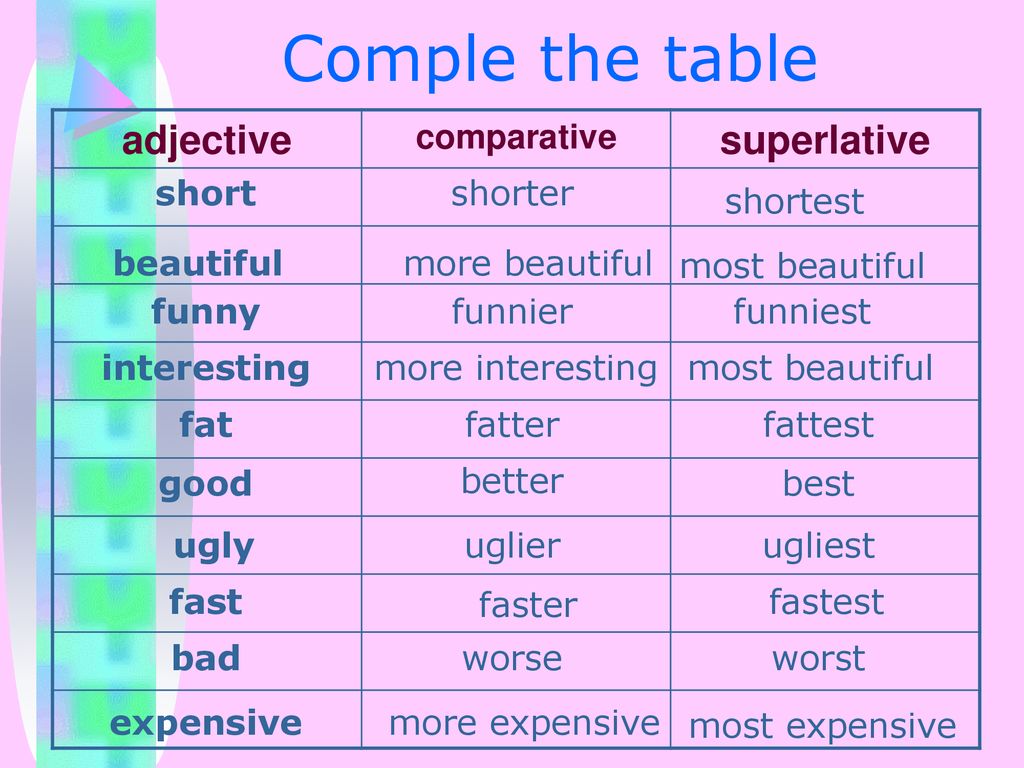
The study added that sessions of variable intensity represent the training methods most often used to improve performance in endurance competitive events.
When it comes to running faster, remember that speed should always follow endurance.
In other words, work to increase your running stamina and endurance first before you focus on improving your speed.
Here are two example speed training sessions:
Interval training
Interval training is basically alternating periods of high-intensity effort (fast running or sprinting) with periods of low-intensity effort (slow running or walking).
A typical interval training session lasts anywhere between 5-30 minutes.
Here is a sample interval training workout:

Tempo running
A tempo run, also known as a ‘threshold’ run, is a pace about 25 to 30 seconds slower than your 5k race pace.
It is designed to be a challenging pace, but not so much that you’re full out sprinting.
Here is a sample tempo running workout:
Related: 6 interval training benefits for runners
Now you know how to run for longer without getting so tired, here is a sample endurance and stamina training plan.
Begin by adding extra runs into your training plan each week.
The key here is to include easy and long runs first, then graduate onto more speed focused sessions like interval training.
Strength training can also be added to help improve running performance.
Weeks 1 to 4
Weeks 5 to 10
Most half marathon and marathon training plans will build up distance slowly over a matter of weeks, but you should increase your running time by 5-10 minutes or add 0.5 to 1 mile each time.
Don’t progress more than 5-10% each week otherwise you risk training overload.
You should also run at a conversational pace, in other words, don’t overdo it! It should be easy to hold a conversation without getting out of breath.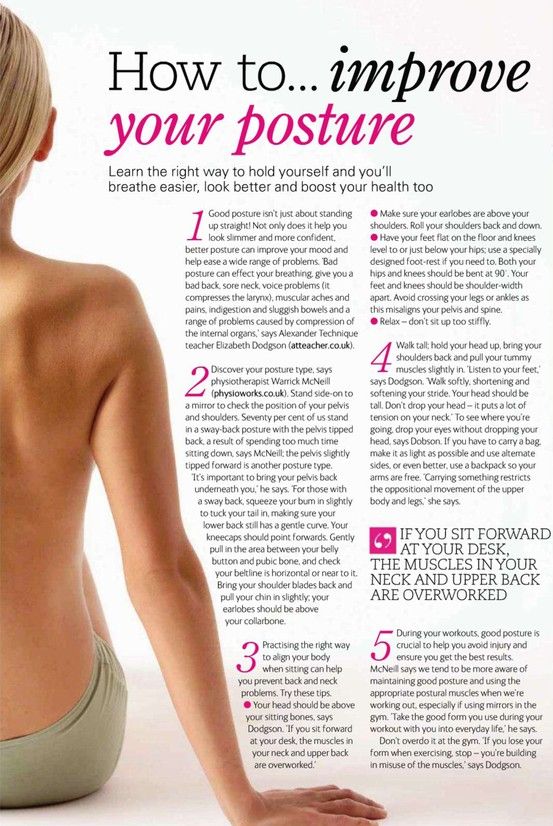
Many runners try to complete a long run too fast and end up struggling at the end or, even worse, end up injuring themselves because it was too much too soon.
Remember that speed should always follow endurance.
Therefore you need to build a solid base of endurance before you can start tackling more challenging training sessions like intervals and tempo running.
#1 Remember to warm up
A warm up is integral to any race – whether you’re running a 5k, 10k or half marathon.
It tells your brain that you’re about to do some serious exercise and gets your muscles ready so they can perform at peak efficiency.
A warm up has three key objectives:
A good warm up should leave you energised but not tired. If you push it too hard you may risk injury or poor performance during your race.
There are many versions of warm ups out there depending on race duration, your fitness levels and running experience.
At its core a proper warm up consists of three main parts:
Here are a few example dynamic stretches and running drills that you can perform before your run:
Dynamic stretches
Running drills
Related: How to warm up before a run
#2 Pace yourself
One of the challenges of longer runs is learning how to pace your run so you don’t tire yourself out too quickly.
You don’t want to run too fast, yet you don’t want to run too slow.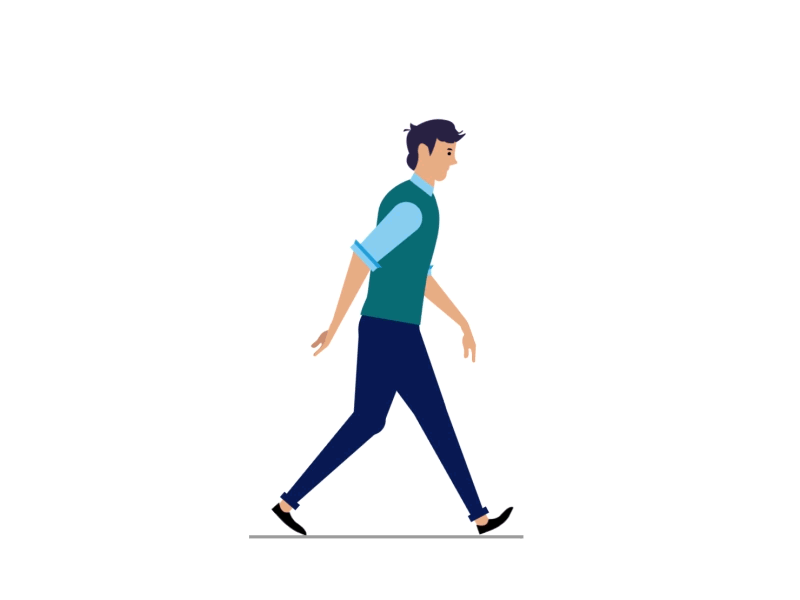
Pacing is all about experimentation. The more you run, the better you become judging your pace and whether you need to go faster or slower.
You will undoubtedly feel fresher at the start of a run so the temptation is to go fast from the get go, but you should try and avoid this.
Dependent upon the distance, your pace and effort will change. The first mile may feel like the slowest as your body warms up and gets used to the movement.
This is why a warm-up is so important for your run – you will soon get into your stride.
To really understand what pace you should be running at, use a running pace calculator to work out how fast (or slow) you should be running.
A pace calculator works by giving you your pace per mile for a given distance. Simply enter any two variables – pace, time or distance – and the pace calculator will determine your pace.
The Active.com pace calculator as it allows you to work out your pace using the variables above for a range of different distances.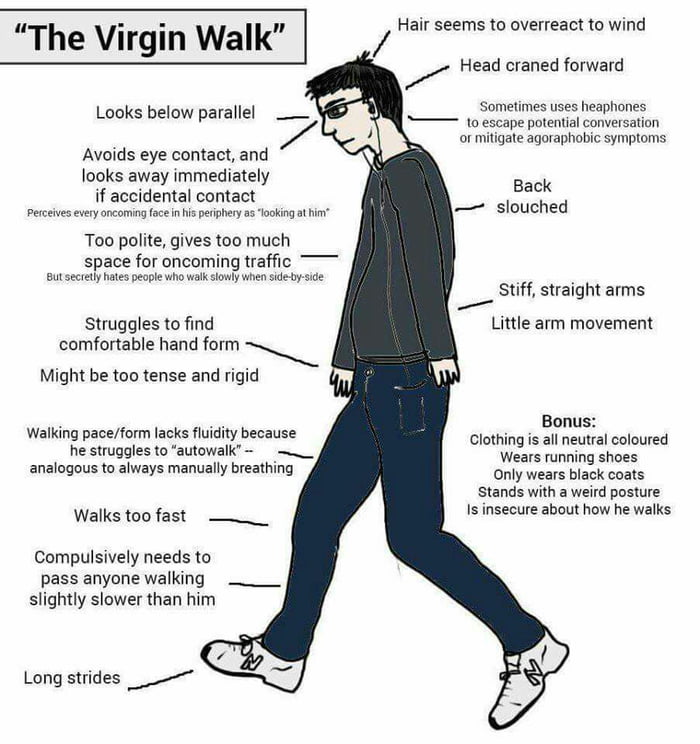
Related: How to pace your run
#3 Strength train
Strength training is not the most obvious choice for runners when trying to run for longer without getting so tired.
The fact is strength training makes you a stronger, faster and more efficient runner, as well as helping to prevent common running injuries.
The key to strength training for runners is to keep it simple.
Focus on strength workouts that target all the main muscle groups that you use when running (also called ‘compound movements’).
Here is a sample strength workout that you either do on a designated strength training day or after an easy run.
Complete 3 sets of 12-15 reps of each exercise, with 1 minute rest in between each set:
Related: 7 of the best glute strengthening exercises for runners
#4 Listen to your body
Endurance running requires a lot of physical and mental stamina.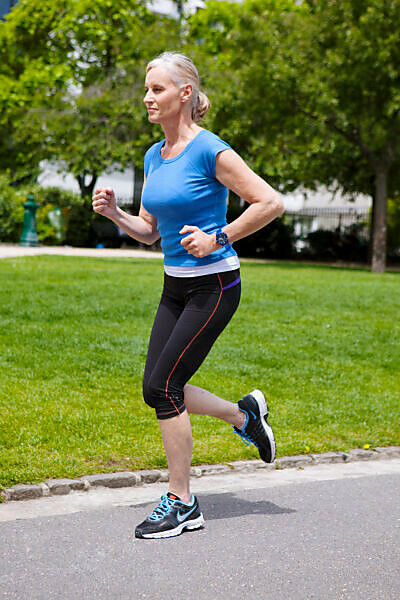
When you’re on a long run and you’re really struggling, it’s important to listen to your body to really hone in on what it is telling you.
Ask yourself: why are you struggling on your run today?
When training for longer distances it can be all too easy to get carried away and run all the time.
Whilst it’s great to be excited about running, overtraining can be detrimental to your performance in the long term.
A good way to combat overtraining is to practice mindful running.
Mindful running is essentially about being more mentally connected with your movement and not being distracted when you run.
Try turning off your music and really listen to how it feels to run. If your legs start to tremble, for example, you know it’s time to slow down.
Likewise, if you start to feel a niggling injury, you know it’s time to put the breaks on a bit whilst you let your body recover.
Mindful running works best when you’re out on a solo run. Try it at least once a week so you can really have time to practice your breathing and listening to your body.
Related: 6 mental tips for long runs
#5 Fuel your body properly
As your mileage increases, you need to fuel your body appropriately. Your muscles need additional fuel to power you through a longer run.
Your performance on a long run suffers without proper fuel. Not fueling your body properly can put you at greater risk of injury and may affect your immune system.
If you run early in the morning, it is important to eat adequately both on the morning of and leading up to the run.
You don’t have to eat a large meal, but the goal is get a burst of energy to get you started.
Some examples of food to eat before your run include:
The key is to get a good mixture of carbohydrates, glucose (a form of sugar), lean protein and fats.
The amount you eat will depend on how much time you have before you start your run.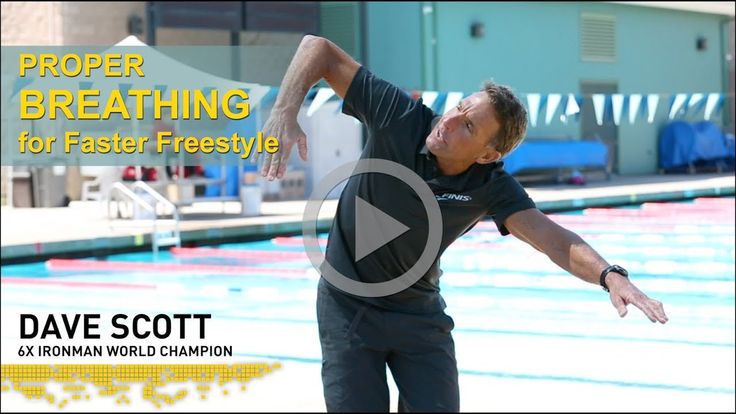
If you have 30 minutes or less, the focus should be on a carb-rich snack. If you have between 1-2 hours, the focus should be on carbs, lean protein and fats.
It’s also worth noting the importance of fueling your body after a run.
A good post-recovery fuel plan optimises recovery and muscle repair. Once your run is over, eat a meal within two hours and try and include:
Related: 6 simple and delicious porridge recipes for runners
#6 Carb load
Carb loading is a key component for being able to run for longer without getting so tired.
Essentially, the process of carb loading is all about giving your body the extra energy reserves it needs to keep you going on your long runs.
Carb loading is most beneficial for runs that are 90 minutes or longer, and normally starts up to six days ahead of the run.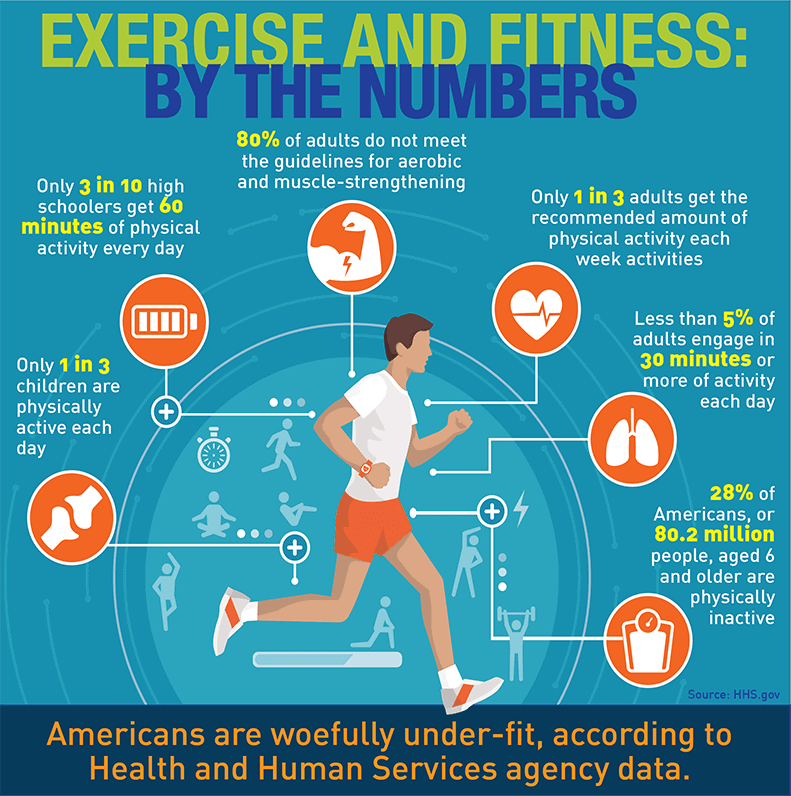
It is ideal for any energy-depleting exercise like running or cycling, where you know you’re going to be burning off a lot of energy in a short space of time.
In the week or so ahead of your long run, if you carb load you can expect to eat an extra 1-3 servings of carbohydrates.
The types of carbs you could eat include:
Be warned, however, carb loading doesn’t give you a free pass to eat whatever you like, so choose your food options wisely!
Keep eating your greens, continue to consume lots of fruits and veggies, and stay hydrated.
Related: 4 common pre-run eating mistakes you’re probably making
#7 Stay hydrated
The goal of hydration is to reduce fluid loss through sweat, prevent fatigue, stop your muscles from cramping and prevent dehydration.
A simple way to tell if your body is dehydrated is to check the colour of your urine.
It can be difficult to get the right amount of water before a run as you don’t want to be nipping to the loo every two minutes.
My advice is to have at least one glass of water before you start your run – a sports drink is also good for giving you a burst of glucose before your run.
Don’t forget to drink lots of water after your run to replace some of the fluids lost during the run (through sweat) and to rehydrate the body.
Related: Hydration and running performance: 4 key hydration tips for runners
#8 Focus on your form
Proper running form is all about running in the most efficient way possible.
Running form looks at everything from your posture and cadence to your arm swing and foot strike.
Learning how to run properly can improve your athletic performance, it can also shave valuable seconds off your race times.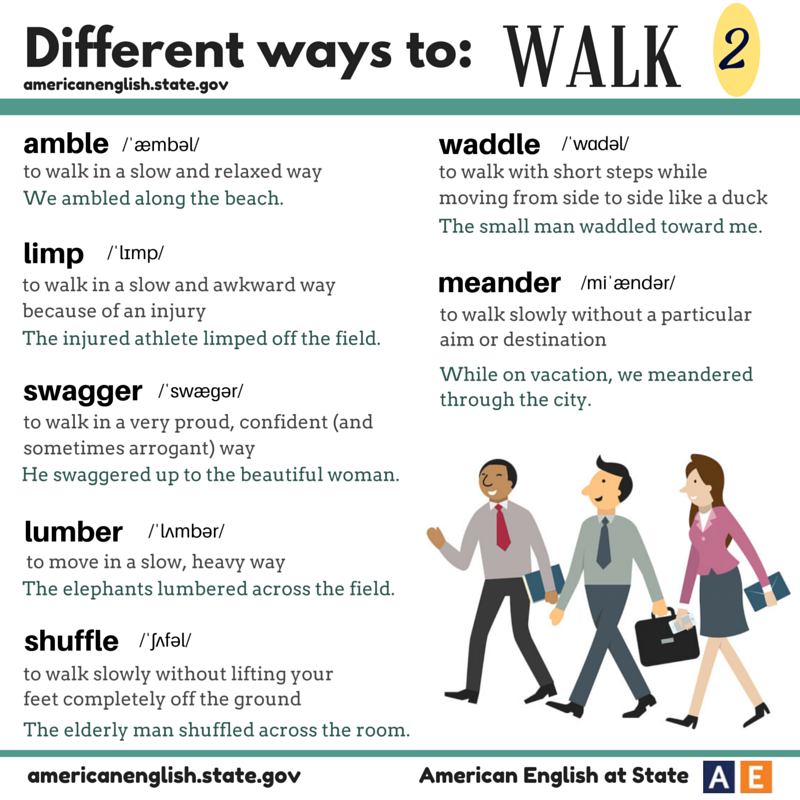
Check out my guide on proper running form to learn more about how to adopt good form during a run.
Share
586 shares
| Learning to walk | [May. 26th, 2011| 08:00 am ] LastHand |
| The need for some changes in gait was mentioned several times in the lectures on physical education. In order to be less tired, there was no feeling of weakness, the lower back ached less - it seems to be nothing serious, cosmetics, you can live with such troubles, many do. True, earning a bunch of popular chronic diseases, but old age is still far away, so you can ignore it. Civilized people are used to walking incorrectly, almost all people, and there are certain reasons for this - clothes and shoes, mental work, etiquette and much more. What do you need for exercise? At least a few times a week to go somewhere without freezing and without being hungry. Without being late, slowly, it should be possible to slow down to a walking pace. And so that the head was not loaded with eternal problems and troubles, there was a little attention left for yourself. At least half an hour every day. For example, on the way to work, to school, home. Walking is usually underestimated, it is often possible to replace a piece of the route with transport with a straight path on foot without loss or significant loss in time. At the same time, ventilate your head, it is useful for thoughts. Is the road only along the highway? I'm sorry, try to solve this problem yourself. What kind of shoes do you need - allowing you to focus on your feet, not shoes. Not a high heel, not a platform, not slippers. And not running shoes, they will spoil you with their thick soft rubber. What should be exercised? Not muscles, no, any will do. And you don’t need stretching, you don’t need reaction speed, you don’t need perfect bones or beautiful hips. Even age doesn't matter. In fact, you just need to reprogram the spinal cord. After all, a person does not control the muscles, he only allows a certain movement, and the spinal cord itself determines what exactly should be strained and relaxed. Moreover, the spinal cord always strives to optimize its procedures and functions, which we call reflexes. To simplify the movement, to isolate the necessary signals from the chaos of possibilities - this is how the brain was trained from birth, it is useful. But this is also the reason for the problems - optimization is carried out at the level of a muscle group, it does not take into account the interests of other groups and is not calculated a few steps ahead, therefore distortions regularly occur that we can only correct on a conscious level. We don’t have direct access to the spinal cord either, but we don’t need it - it’s enough to regularly prompt with an example to change the incorrect program. What is walking? The most complex set of movements, the pattern of which changes with each step depending on the microrelief under the feet, previous movements and a dozen other factors. It is easier to learn a certain dance than to understand and describe all the movements of one correct step. But the chaos control theory suggests that there is no need to try to embrace the immensity or run away from it in horror - we will not describe or memorize this complex, regular impacts at key points are enough. As a result of such influences, the system will be rebuilt, it is perfectly able to adapt. We look for problem areas, try to change and repeat attempts until the change is built into our most complex system of reflexes. Today we tried to relax here, then there, tomorrow the same thing, and the day after tomorrow we look - it doesn’t tense anymore, but now we need to tighten it up there . What does it mean to wedge out jammed or remove clamps? If a muscle is often forced to strain, then the spinal cord optimizes its behavior - it stops relaxing, goes into a mode of increased tone, and becomes clamped. To neutralize the resulting excess tension when it is not needed, the opposing muscle group is also introduced into the high alert mode. Muscles work against muscles, and this "tug of war" does not stop even in sleep, it is this that is the main cause of fatigue. How to unclench? Massage is not enough, at best it will temporarily relieve physical stress, but will not change the program, you also need to eliminate the cause of the clamp. Clamps on the lower leg and on the back are more common - we will consider their causes as an example. Calf clamp. The main activity for those who want to remove the calf clamp is to regularly try to put the foot softly, with the whole foot, and not on the heel, when walking. Relax the foot, relax the shin, relax the knee, relax the thigh ... When walking, do not try to control both legs at once, you should exercise them one by one, because the focus of attention is not able to quickly switch from one leg to another. Back clip. Symptoms - pain or bliss when massaging the back, pain in the lower back when sitting for a long time or walking on level ground. When walking, the legs are carried too close to each other, as a result of which holes form on the bottom of the trousers, where the legs rub against each other. Consequences - from the clamping of the lower back, the predisposition to beer belly and hemorrhoids increases, from the clamping of the upper back and the neck region, migraines appear. The reason for the appearance is more psychological than physical - men are terribly afraid to move their backs when walking, because it is too feminine, and women try not to shake their hair, but actively wag their booty, because it is very feminine. Women who are forced to wear heavy breasts, while walking, take their shoulders back, further straining them, and bend their free arm at the elbow unnecessarily, sometimes setting aside the hand. Men who see others as potentially hostile subconsciously try to raise the hair on the back of their necks, causing their heads to sink into their shoulders, which stiffen and slouch in response. Pay attention to the old newsreel, which is usually shown in a slightly accelerated form - people in boots walk along the street, swaying. Pay attention to those around you in the slowly walking crowd - people shift from foot to foot and sway like penguins. The reason is clear - we have legs on the sides of the body, so we need to move the center of mass from side to side so as not to fall. Women carry the pelvis, and try to keep the upper back motionless, pinch it. Let's say that you find that your back muscles are tight and you can convince them to stop. At the same time, special effects are possible - in the area of \u200b\u200bthe vertebrae, a feeling of tickling or burning may appear for a while, people say about this process "salt deposits dissolve." If it bothers you a lot, then consult a doctor, you should not joke with your back. Also, when the neck, which has been clamped since childhood, is released, it is possible to get the sensitivity of the blood vessels in the head, which began to receive good nutrition - you should avoid physical exertion and train the vascular system. If everything is in order, then expand the experience of release to the whole body - while walking, try to move the neck, shoulder, bend, twist, turn - try to move every point of the body in every direction. Alternately, a little bit, others will not notice centimeter muscle fiddling, if you do not repeat the same movement, but constantly try new ones. These attempts to remind the body of its degrees of freedom have nothing to do with the pattern of walking, but they will allow you to detect clamps, and also give the spinal cord opportunities that it will then use when walking too. It is not only possible to replenish the arsenal of movements or remind the body of its capabilities while walking. A more active option, for example, while no one is watching, can be done in the bathroom or lying in bed before going to bed or after waking up. For at least a minute, arbitrarily, chaotically strain and relax, move and immediately stop all the muscles in a row - from the top of the head to the toes, walk with a beam of attention throughout the body, reminding him of every corner of it. The simplest exercise for the lazy or tired - it is effortless, does not require strength. Why do it? The spinal cord optimizes costs, it overhauls rarely used muscles, replacing their work with neighboring ones, as a result of which, instead of natural movements, angular surrogates are obtained. If you want bestial smoothness or feline grace - stop freezing like a statue, you can move a little even during working meetings, at the same time you will feel like sleeping, and you will look like an energetic employee eager to fight. If you managed to relax and talk yourself out, then it's time to choose places for efforts, to place accents. If someone is interested in physics, then he is able to independently draw a simplified kinematic model of a person, mark hinged joints on the diagram, and present scenarios of possible interactions. For example, the stumbling scenario - the body continues to move forward by inertia, the leg is fixed, the program of feverish application of additional efforts is triggered, tensing the abdominal muscles in order to still move the leg forward according to the plan, but the stumbled leg is still delayed by an obstacle, therefore, in the region of the center of mass appears rotational moment, leading to an accelerated movement of the chest forward and down, the stomach is tense. As a result, a person finds himself lying on the ground faster than if he consciously began to fall forward. Did you notice a small discrepancy? Calls to relax everything and the need to direct efforts somewhere. In fact, the principle is the same - in everyday life we should not be nervously tense or weakly relaxed. When doing exercises, we consciously try to relax those places where we notice tension, and strengthen those places where there is no tension. If physics is not interested, then let's remember a simplified picture of three centers for applying efforts - top, middle and bottom. The top is actually two separate centers - one for each shoulder. The bottom is also double, one for each foot, but only the one that rests on the ground is important. The middle is located near the center of mass of the body - just above the pelvis. When walking, the bottom moves the middle forward, while in the middle region various rotational moments are formed, which the top must strengthen or compensate. Where efforts should be applied below - the foot, the base of the fingers, closer to the big one. Google, pictures, "bike setting the foot" - this is the place where they put the pedal. The whole foot should work, but if necessary, concentrate the effort, direct it here. The foot should not be afraid of turning, should support the weight of the body, cushioning it when running down the stairs and helping the hip when running up. A note about running or jumping down - do not drop the body on the foot, even on the toe of the foot, this will cause bruises, sprains and clamps, the entire leg up to and including the hip should be involved in cushioning. Relaxation of the leg is the key to the absence of injuries. The comprehensive development of the foot is the key to a beautiful lower leg, and without bulging muscles. Middle - the center of mass of the body. If someone has a developed imagination, then he can try to imagine a flying saucer or an airplane in the place of this center - something flying above the ground. And try to carry this object without paying attention to the rest of the body. Let the spinal cord steer with legs, arms, head - we only carry the object above the ground. If possible, the pelvis will move forward, and the legs and shoulders will barely keep up with it. Try to develop more speed and follow the reactions of the body when turning, avoiding obstacles, dodging branches. This center should move in a straight line and smoothly around obstacles, no jumping or jerking with each step. By the way, the same applies to the head and bags in the hands - let all parts of the body dance in all directions, but these parts should move as smoothly as possible. At least when it comes to walking, not running. Upper center of force - inside the body, the base of the shoulder. Pay attention to the hand - it has a base, a certain center of movement and an end. The same mechanics work here as with the whole body or any part of it - the base provides support, the middle moves smoothly, and the end provides smoothness or energy of movement. The general rule is that when walking there should be no tired muscles, any tension in fact appears only to overcome one's own excessive efforts or compensate for the missing ones. Overheating or shortness of breath when walking are also indicators of internal struggle. The absence of clips is the best lubricant for gait, so with the right foot placement, you can walk faster and further without getting tired at all. True, you need to train for more than one year in order to overcome the habits acquired in early childhood, you should not look forward to the perfect result. What will it give? Will you spend a lot of time that could be spent on gloomy thoughts or sweet dreams, or what do you spin in your head while driving to work? Also, you will spend a lot of effort that you probably could have spent on . | |
We tell you how ordinary walking makes you feel better and why you should consciously dedicate at least 30 minutes a day to it.
Sedentary work and a sedentary lifestyle lead to uneven blood circulation in the body. During active walks, blood rushes to the limbs, and the muscles of the lower leg contract intensively, preventing blood stasis in the veins and blood vessels. Prevention will be effective if you devote at least half an hour to walking, preferably every day. Also, regular walks maintain normal blood pressure, reduce the risk of cardiovascular disease and hypertension.
Try Nordic Walking is a type of fitness that uses a specific training method and walking technique with specially designed poles. The left and right arm and leg alternately move forward and backward, as when walking, but more intensively. The amount of arm swing determines the size of the steps. Sticks should contribute to the movement, you need to push off from them. This type of physical activity activates not only the muscles of the legs, but also the muscles of the upper body, burns up to 46% more calories than regular walking, and also improves the sense of balance and coordination.
A long step at an accelerated pace not only relieves lethargy, but also improves blood circulation in the brain. Scientists have found that the speed of blood flow is synchronized with the pace of walking due to the impulse from the foot, which diverges through the arteries. As a result, our brain works faster, which improves the thought process.
Physical activity helps in remembering information. The hippocampus is responsible for long-term memory in the brain - a paired formation located in both hemispheres, where new nerve cells are formed. The construction and strengthening of old cells is impossible without a special protein, the production of which is stimulated by muscle activity. It is easy to get it by doing Nordic walking or just walking fast.
Each kilometer traveled can be easily measured in kilocalories burned, equal to half of the real weight, if counted in kilograms. Energy consumption also depends on the speed of the step and the terrain. Climbing a hill or stairs requires more energy from the body, which is more effective in losing weight. For starters, the goal could be 10,000 steps, which mobile apps like Strava will help you calculate and track the route. It is worth increasing the load gradually: sore kneecaps will not say thank you for a spontaneous walking marathon. At the same time, it is worth combining regular walks with an optimal diet.
In everyday bustle, there is often not enough time for self-development or reading fiction.